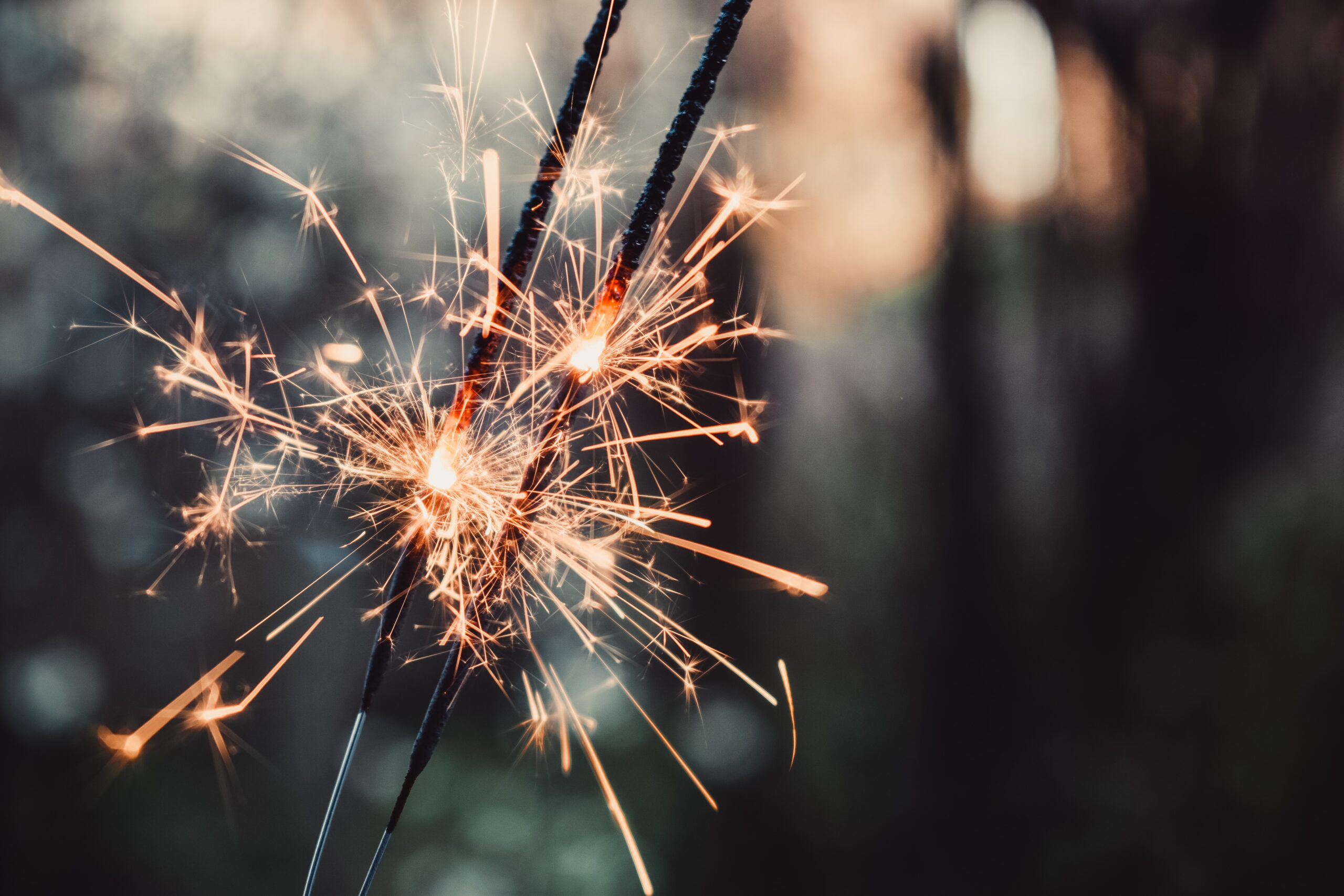Materials to Collect
- Plastic cups
- String
- Rubber bands
- Stapler
- Paperclips
- Popsicle sticks
- Index cards or cardstock
Build it!
Laughing Cup:
- Poke a small hole in the bottom of your plastic cup.
- Feed a length of string (about 1 ft long) through the bottom of the cup and secure it in place by tying the end of the string that is in the cup to a paperclip. The paperclip is there to stop the string from being pulled out of the cup.
- Dunk the string in water until it is thoroughly soaked.
- Hold your cup in one hand, and with the other hand, pinch the string firmly and pull down on the string.
Buzzer:
- Create a buildup of tape on either end of your popsicle stick. Use quite a bit of tape, there should be a noticeable buildup.
- Cut your index card so it fits on the popsicle stick in between the tape bumps and extends about 2 inches out from the popsicle stick on one side. Staple the card in place.
- Tie a 2 ft length of string to the popsicle stick in between one of the tape bumps and the index card.
- Stretch your rubber bands over the tape bumps so it runs the length of your popsicle stick.
- Hold the buzzer by the string and swing it in a circle over your head. Note: If your buzzer is not buzzing, check your tape bumps. You may need to add more tape to make them higher so the rubber band doesn’t rest on the index card.
What is the Science?
All sound is caused by vibration. You can investigate this quite easily by placing a hand over your throat and humming or singing. Can you feel the vibrations? With our laughing cup, there is some friction between your fingers and the wet string. This friction creates vibrations along the string that create a sound. The cup on the end helps make the unique laughing sound you hear.
The buzzer also works by creating vibrations. When you spin the buzzer in a circle, air rushes over and in and around your contraption. This causes the rubber band and the index card to vibrate quickly giving you the sound of a swarm of bees above your head!
Ask Your Young Scientists
- Can you change how you pull on the string of the laughing cup? What happens if you pull on it fast or slow?
- Why do you think the string has to be wet? What happens if you try to pull on a dry string? Does it make a noise? Does it feel the same to your fingers?
- Why do you think we had to build tape bumps to hold the rubber band up above the popsicle stick? Do you think the buzzer could still make noise if the tape wasn’t there and the rubber band was flat against the popsicle stick? Why or why not?
- What else can you find that vibrates? Does it make noise?
More to Explore
Laughing cups can be created using all different materials. Try different sized and shaped cups. Try string made of different textures or of different lengths. Varying all the factors involved will vary the vibrations caused and give you a one-of-a-kind sound.
Buzzers can also make very different sounds depending on the materials used. Test out what happens if your tape bumps are higher or lower. Try holding the string in different places or swinging the buzzer at different speeds.
What else around your house can make a vibration? Can you identify or feel the vibrations of items around your house that make noise? Check out your speakers in particular. With the right song, you can feel and see the vibrations that are creating your favorite music!
We want to see what you try at home. Share your creation with us on social media by using the #ScienceAtPlay and tagging @CTScienceCenter.

Aoife Ryle is a STEM Educator at the Connecticut Science Center. In addition to working with school groups, she works with our Teen Program, Overnights department, and shoots weekly science segments for WFSB. She has a degree in Bioengineering from the University of Maine and has a personal interest in the life sciences and engineering which makes bioengineering a perfect crossover.



